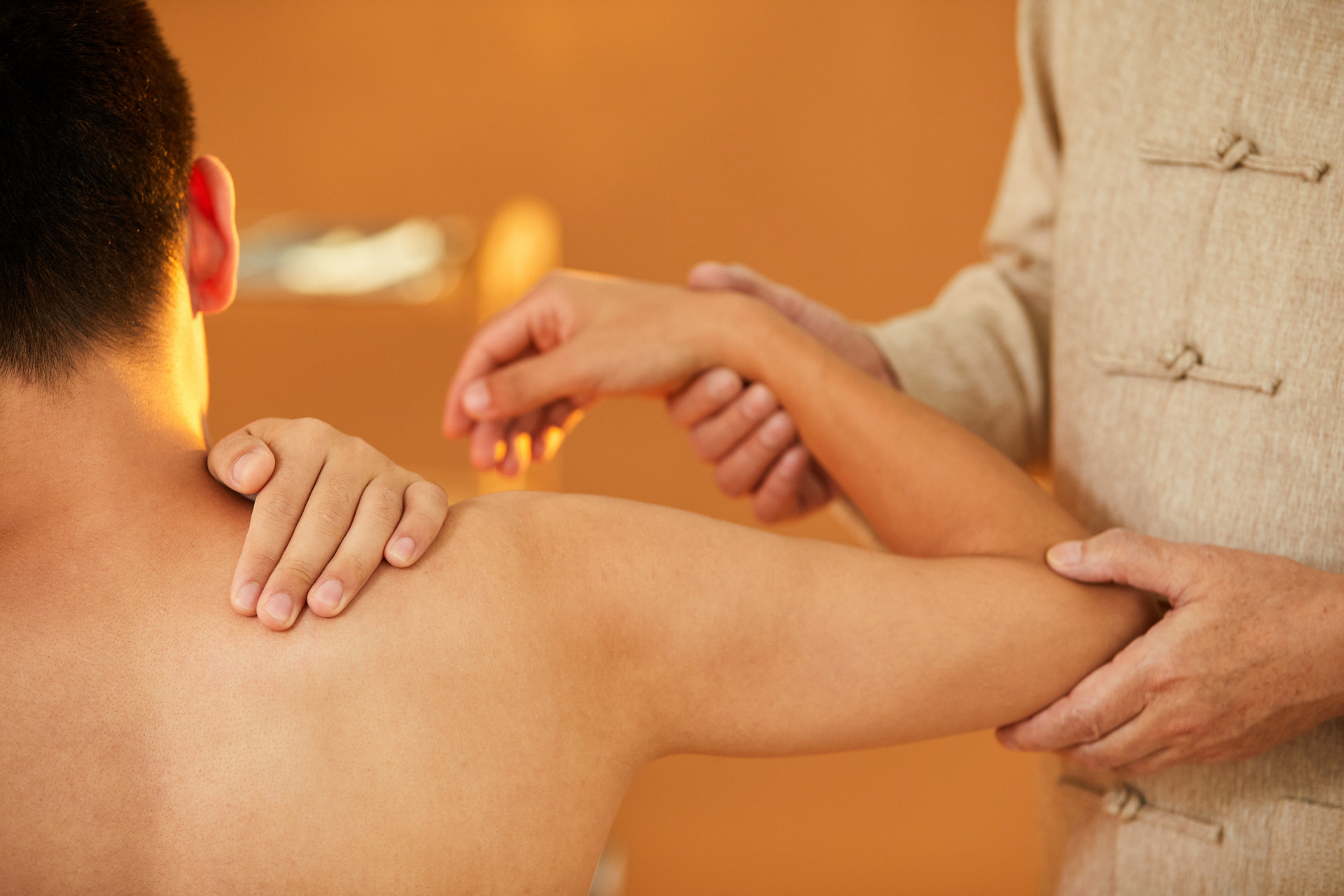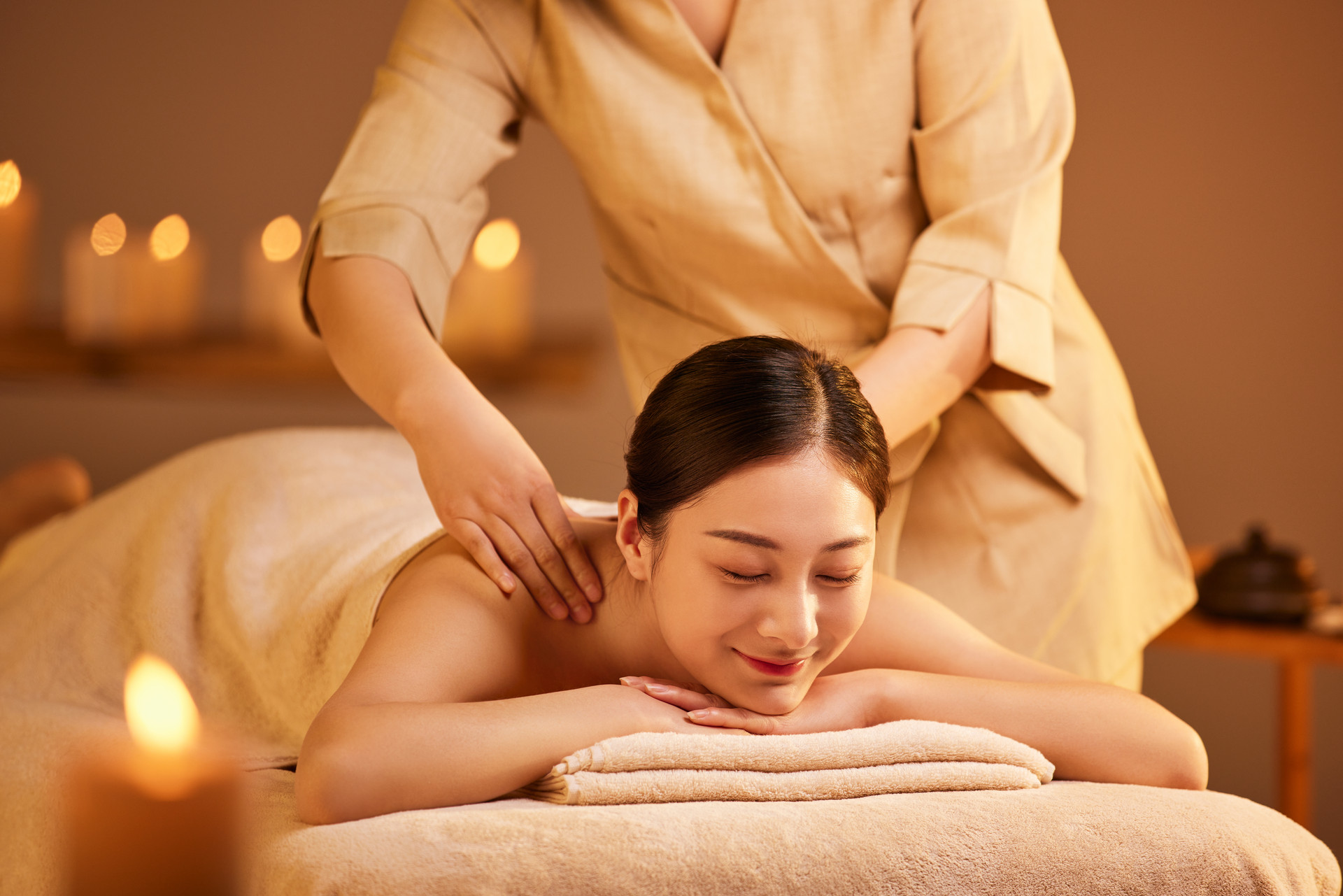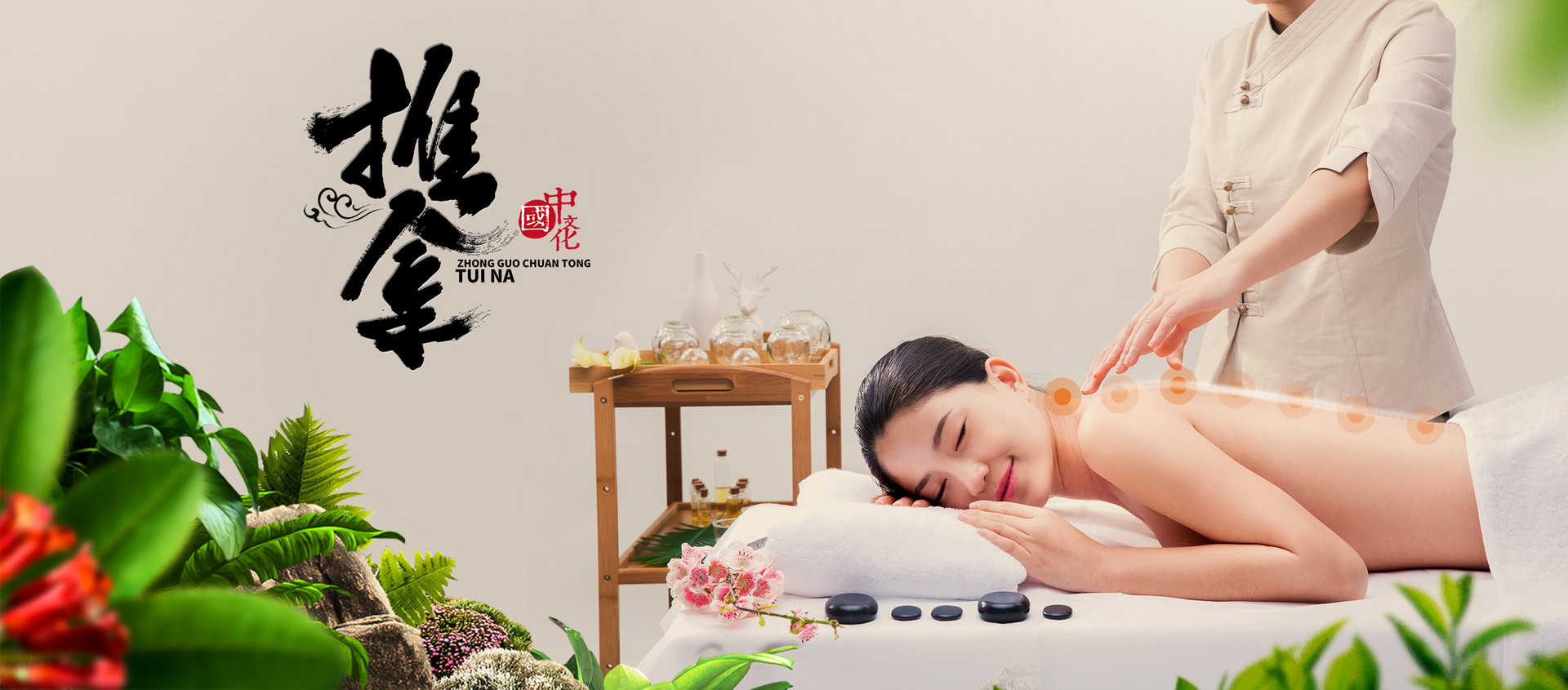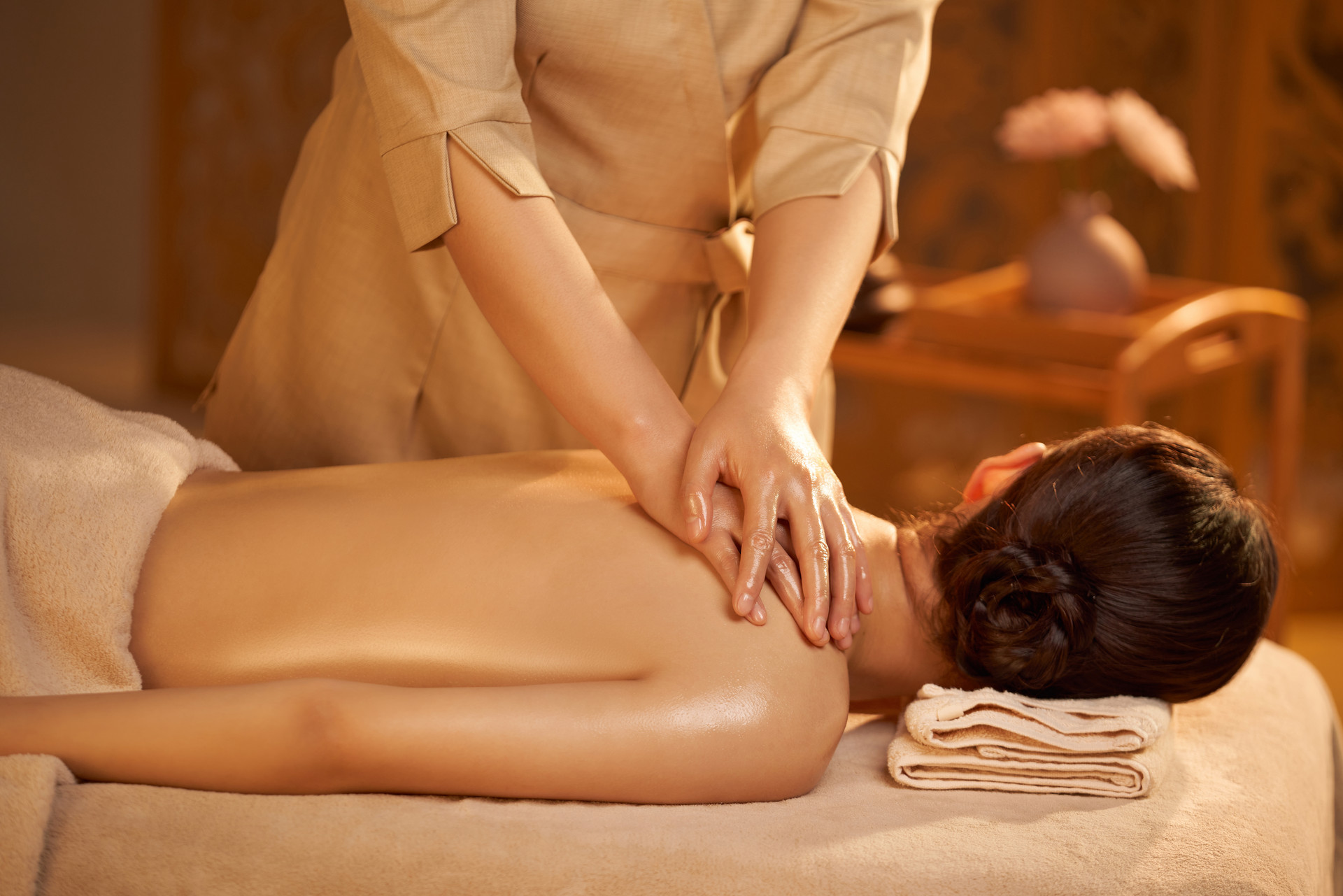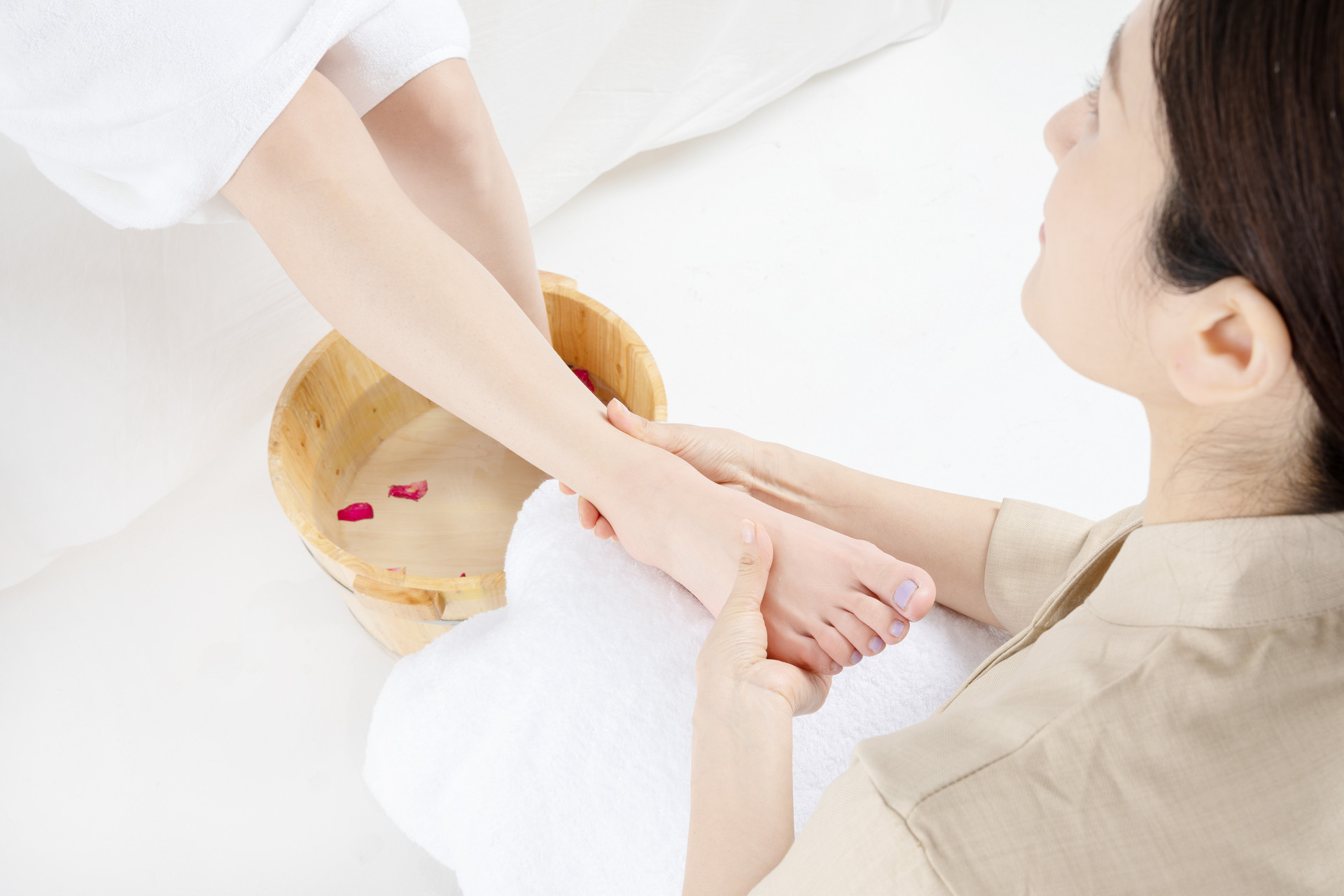As we know, massage can not only help us relax our nerves but also relieve stress, which is very beneficial to our body. So what are the correct health massage knowledge? And different parts of the body also have different massage techniques. So what are the techniques for full body health massage? Let me take you to understand the profoundness of Chinese medicine massage therapy!
Common Techniques for Chinese Medicine Massage on the Chest and Back
Chinese medicine massage refers to the use of hands to treat the body's meridians or acupoints through techniques such as pressing, pushing, kneading, rubbing, and lifting. Chinese medicine massage techniques emphasize correct techniques and appropriate strength. Many patients who receive massage do not know how to do it correctly. Here are a few common massage methods for the chest and back to help you better understand the massage techniques.
1. Thoracic Spine Counter Reset Method
The patient sits with both hands crossed at the neck. The therapist holds the lower part of the patient's forearm and uses one knee to brace the spinous process that needs to be moved. The patient is instructed to lean slightly forward, and the doctor pulls back and upwards with force.
Effect: This method has the effect of lubricating the joints and correcting anatomical positions. It can be used to treat back pain, thoracic spine joint disorders, etc.
2. Chest Expansion Traction Method
The patient sits with both arms extended and clasped together. The doctor stands behind the patient's side and places the root of one hand's palm against the spinous process that needs to be moved. The other forearm wraps around the patient's upper chest and supports the patient's opposite armpit, causing the patient to lean back. The therapist uses force to pull and push the spinous process.
Section 1: Pushing Technique
1. Flat Pushing Technique
Definition: The therapist exerts force on the treated area with fingers, palms, or elbows to perform a one-directional straight or curvilinear movement, called pushing technique. It can be divided into flat pushing technique, straight pushing technique, divided pushing technique, combined pushing technique, etc.
1. Technique Operation
(1) Thumb Flat Pushing Technique
The therapist uses one or both thumbs to exert pressure on the treated area, pushing along the meridians or along the direction of muscle fibers. Gentle kneading actions can be used at acupoints, repeatedly performed several times.
(2) Palm Flat Pushing Technique
The therapist exerts force with the whole palm on the treated area, focusing on the palm root, and pushes in a certain direction. The therapist can use overlapping hands to increase the force and perform slow pushing.
(3) Fist Flat Pushing Technique
The therapist clenches one hand into a fist and exerts pressure with the joints between the second, third, fourth, and fifth fingers, slowly pushing along the direction of muscle fibers. This technique has a stronger stimulating effect within the flat pushing technique.
(4) Elbow Flat Pushing Technique
The therapist bends the elbow and exerts pressure with the olecranon on the treated area, making a slow parallel movement with the direction of muscle fibers. This is a more stimulating technique within the flat pushing technique.
2. Key Points of the Technique
The therapist's hand should be close to the surface of the body, moving the subcutaneous tissue together. The flat pushing technique requires more force, and the force should be even, stable, and solid. The pushing speed should be slow. The flat pushing technique must be in a straight line, without deviation or jumping. Before the treatment, a small amount of oily medium should be applied to the treated area to keep the skin smooth and avoid skin damage.


